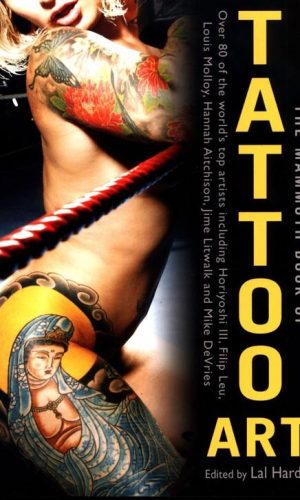- Pozostałe, Sztuka, Fotografia
Mammoth Book of Tattoo Art
Lal Hardy- 85,00zł
- Chuck Palahniuk showed himself to be his generation’s most visionary satirist in this, his first book. Fight Club’s estranged narrator leaves his lackluster job when he comes under the thrall of Tyler Durden, an enigmatic young man who holds secret after-hours boxing matches in the basement of bars. There, two men fight "as long as they have to." This is…
- Dodaj do koszyka

